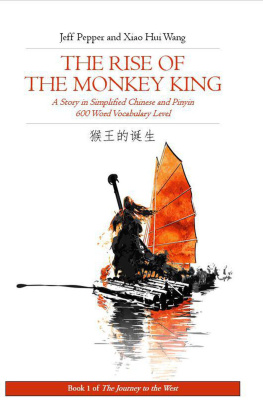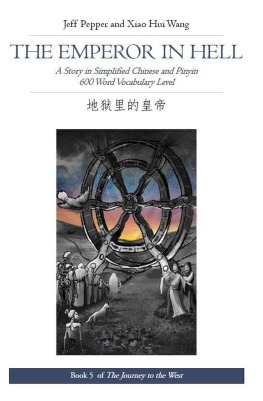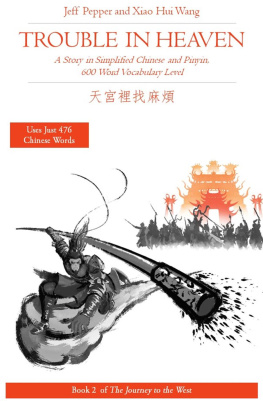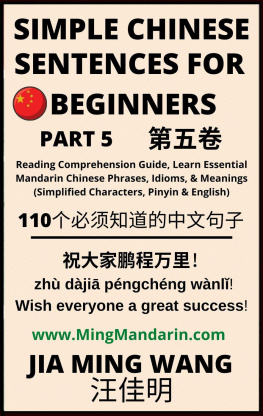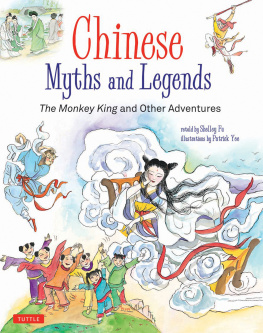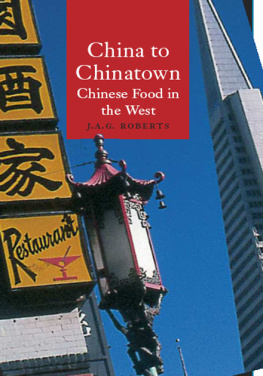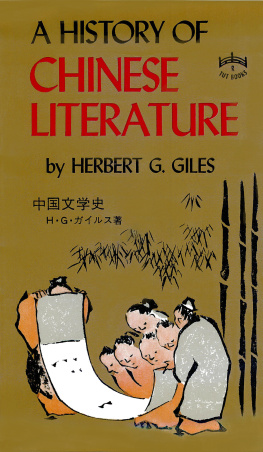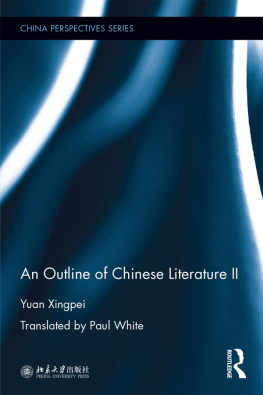The Rise of the Monkey King A Story in Simplified Chinese and Pinyin, 600 Word Vocabulary Level Book 1 of the Journey to the West Series Written by Jeff Pepper Chinese Translation by Xiao Hui Wang 
The Rise of the Monkey King
T his is a work of fiction . Names, characters, organizations, places, events, locales, and incidents are either the products of the authors imagination or used in a fictitious manner. Any resemblance to actual persons, living or dead, or actual events is purely coincidental. Copyright 2017-2021 by Imagin8 Press LLC, all rights reserved. Published in the United States by Imagin8 Press LLC, Verona, Pennsylvania, US. For information, contact us via email at info@imagin8press.com, or visit www.imagin8press.com.
Our books may be purchased directly in quantity at a reduced price, contact us for details. Imagin8 Press, the Imagin8 logo and the sail image are all trademarks of Imagin8 Press LLC. Written by Jeff Pepper Chinese translation by Xiao Hui Wang Based on the original 14th century story by Wu Chenen, and the unabridged translation by Anthony C. Yu Cover design by Katelyn Pepper and Jeff Pepper Book design by Jeff Pepper Artwork by Next Mars Media, Luoyang, China Audiobook narration by Junyou Chen ISBN: 978-1-952601-05-7 Version 204
W e are deeply indebted to the late Anthony C. Yu for his incredible four-volume translation, The Journey to the West (1983, revised 2012, University of Chicago Press).
A complete Chinese language audio version of this book is available free of charge.
A complete Chinese language audio version of this book is available free of charge.
To access it, go to YouTube.com and search for the Imagin8 Press channel. There you will find free audiobooks for this and all the other books in this series. You can also visit our website, www.imagin8press.com, to find a direct link to the YouTube audiobook, as well as information about our other books.
S un Wukong, the Handsome Monkey King, is one of the most famous characters in Chinese literature and culture. His legendary bravery, his foolish mistakes, his sharp-tongued commentary and his yearning for immortality and spiritual knowledge have inspired hundreds of books, television shows, graphic novels, video games and films. The full story of Sun Wukongs adventures is told in Journey to the West (, x yu j), an epic 2,000-page novel written in the 16th Century by Wu Chengen.
Journey to the West is probably the most famous and best-loved novel in China and is considered one of the four great classical novels of Chinese literature. Its place in Chinese literature is roughly comparable to Homers epic poem The Odyssey in Western literature. Wikipedia sums up the books role perfectly, saying Enduringly popular, the tale is at once a comic adventure story, a humorous satire of Chinese bureaucracy, a spring of spiritual insight, and an extended allegory in which the group of pilgrims journeys towards enlightenment by the power and virtue of cooperation. Journey to the West is a very, very long story, consisting of a hundred chapters. It is loosely based on an actual journey by the Buddhist monk Xuanzang who traveled from the Chinese city of Changan westward to India in 629 A.D. and returned 17 years later with priceless knowledge and texts of Buddhism.
Over the course of the book Xuanzang and his companions face the 81 tribulations that Xuanzang had to endure to attain Buddhahood. Our little book, The Rise of the Monkey King, covers the events in the first two chapters of this epic story. We learn how the little stone monkey is born, becomes king of his troop of monkeys, leaves his home to pursue enlightenment, receives the name Sun Wukong (literally, ape seeking the void) from his teacher, and returns home to defend his subjects from a ravenous monster. Future books in this series will tell more stories from the life of this famous monkey and his companions. Because of this storys importance in Chinese culture, weve made every effort to remain faithful to the original while retelling it in simple language suitable for beginning Chinese learners at the HSK3 level. We have tried to not add or change anything, though of course weve had to leave out a lot of detail.
Wherever we use a word or phrase not contained in the 600-word HSK3 vocabulary (which for example does not include the word monkey) or that has not entered common usage since the HSK lists were created, those new words are defined in footnotes on the page where they first appear. New compound (multi-character) words and expressions are, whenever possible, chosen so that they use characters already in HSK3. An English version of the story is included for reference at the end, as well as a complete glossary. In the main body of the book, each page of Chinese characters is matched with a facing page of pinyin. This is unusual for Chinese novels but we feel its important. By including the pinyin, the English version and the glossary, we hope that every reader, no matter what level of mastery they have of the Chinese language, will be able to understand and enjoy the story we tell here.
Next page
